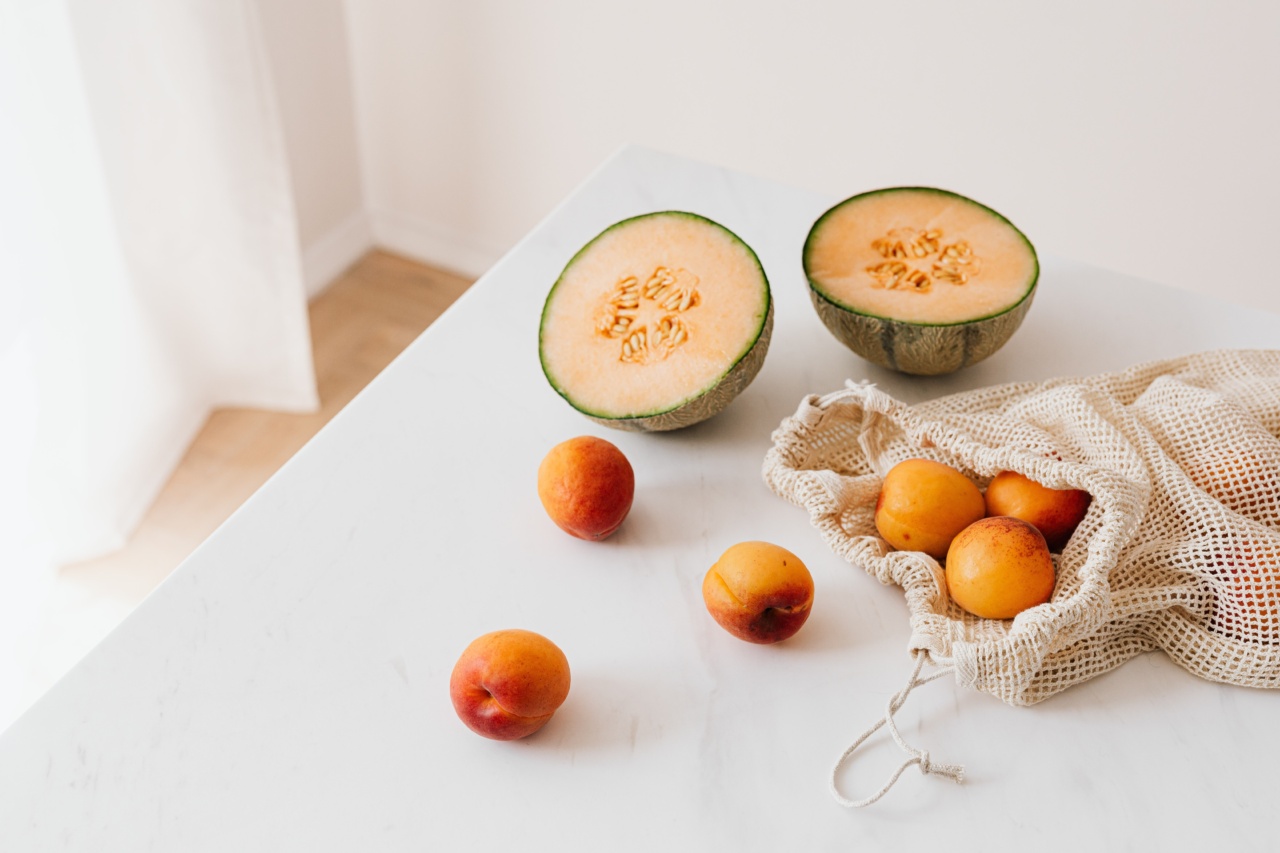High blood pressure is a common health problem that affects millions of people worldwide. It can lead to serious complications such as heart disease, stroke, and kidney damage if left untreated.
One way to manage and reduce high blood pressure is by following a healthy diet. Here are some tips that can help:.
1. Limit Sodium Intake
Sodium is a mineral that is essential for our body, but consuming too much of it can increase blood pressure. The recommended daily intake of sodium is no more than 2,300 milligrams (mg), which is equivalent to one teaspoon of salt.
However, for people with high blood pressure, the American Heart Association suggests decreasing sodium intake to no more than 1,500 mg per day. Try to avoid processed foods and salty snacks, and read food labels to check the sodium content of foods.
2. Increase Potassium Intake
Potassium is a mineral that can help lower blood pressure by counteracting the effects of sodium. The recommended daily intake of potassium is 2,500-3,000 mg for adults.
Foods that are rich in potassium include bananas, oranges, tomatoes, avocados, sweet potatoes, spinach, and beans.
3. Eat a Healthy Diet
Eating a healthy diet that is rich in fruits, vegetables, whole grains, and lean protein can help lower blood pressure. Try to limit sweets, fatty foods, and processed foods. A healthy diet should include:.
- Fruits and vegetables: Aim for at least 4-5 servings of fruits and vegetables per day
- Whole grains: Choose whole wheat bread, brown rice, and whole grain pasta instead of refined grains
- Lean protein: Choose lean cuts of meat, poultry, fish, and plant-based protein sources like beans and lentils
- Low-fat dairy: Choose low-fat or fat-free milk, yogurt, and cheese
4. Reduce Caffeine Intake
Caffeine is a stimulant that can increase blood pressure. The recommended daily intake of caffeine is no more than 400 mg, which is equivalent to about four cups of coffee.
However, for people with high blood pressure, it is recommended to limit caffeine intake to no more than two cups per day.
5. Limit Alcohol Intake
Drinking too much alcohol can increase blood pressure. The recommended daily intake of alcohol is no more than one drink per day for women and two drinks per day for men.
A drink is considered to be one 12-ounce beer, 5-ounce glass of wine, or 1.5 ounces of liquor.
6. Be Mindful of Your Serving Sizes
Eating too much of anything can lead to weight gain, which is a risk factor for high blood pressure. Be mindful of your serving sizes and try to eat slowly and enjoy your food.
Eating smaller, more frequent meals throughout the day can also help control blood pressure.
7. Add Herbs and Spices to Your Food
Adding herbs and spices to your food can add flavor without adding extra salt. Some herbs and spices that can be used instead of salt include garlic, onions, oregano, rosemary, thyme, and basil.
8. Seek Professional Guidance
It is always a good idea to consult a registered dietitian or healthcare provider before making any significant changes to your diet.
They can help you determine the best diet plan for your needs and ensure that you are meeting all of your nutritional requirements.
9. Monitor Your Blood Pressure
Monitoring your blood pressure regularly can help you track your progress and ensure that your diet and lifestyle changes are having a positive effect.
If you have high blood pressure, your healthcare provider may recommend checking your blood pressure at home using a blood pressure monitor.
10. Stay Active
Exercise can help lower blood pressure by improving cardiovascular health and reducing stress. Aim for at least 30 minutes of moderate-intensity exercise most days of the week, such as brisk walking, cycling, or swimming.
If you have any health concerns or are new to exercise, consult your healthcare provider before starting a new exercise program.





























